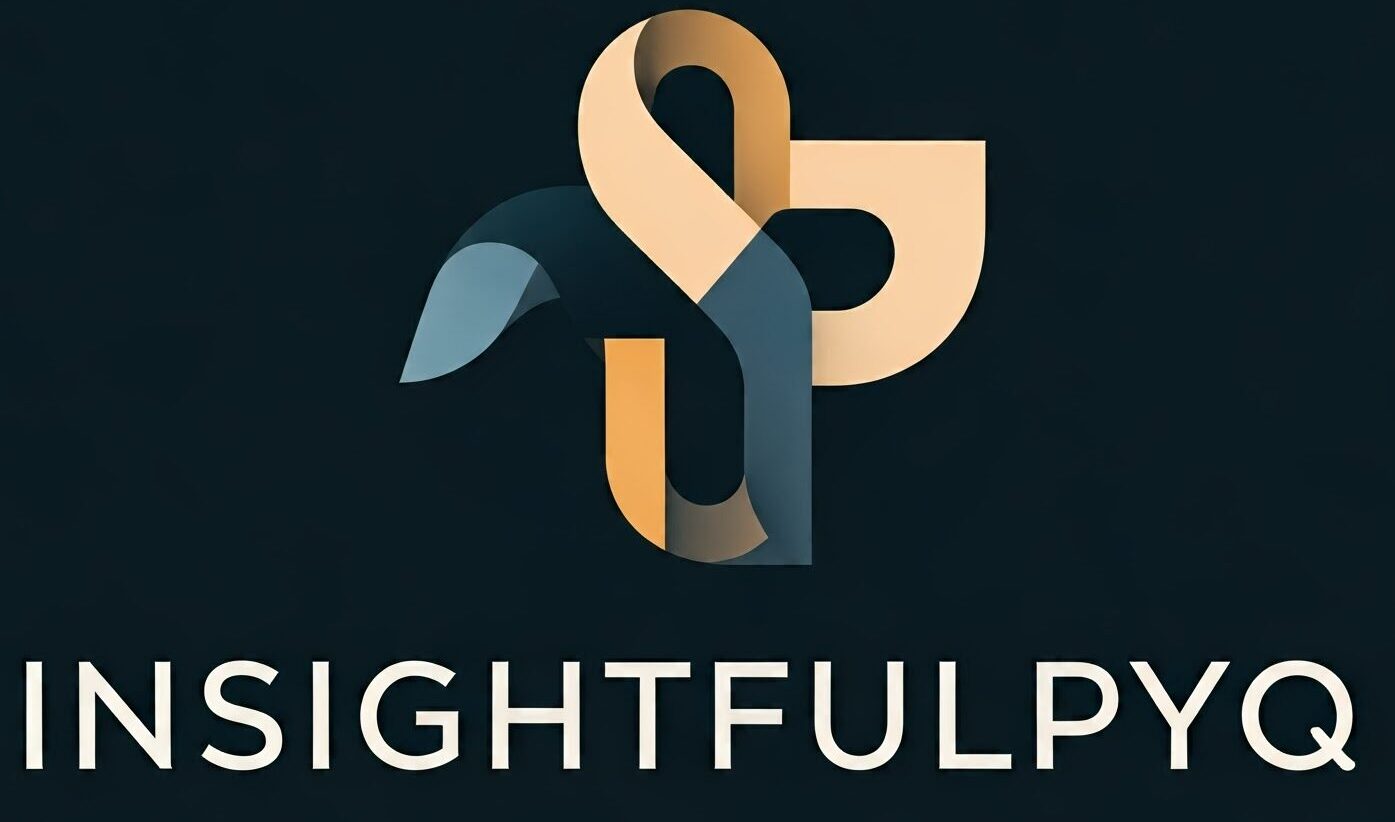As advancements in large language models (LLMs) surge, accurately assessing their capabilities becomes increasingly challenging. Popular benchmarks like Massive Multitask Language Understanding (MMLU), once a gold standard, now struggle to keep pace, with many state-of-the-art AI systems consistently achieving over 90% accuracy. Recognizing the urgent need for more rigorous evaluation, the nonprofit Center for AI Safety (CAIS) and Scale AI have introduced a groundbreaking benchmark: Humanity’s Last Exam (HLE).
What Is Humanity’s Last Exam?
Humanity’s Last Exam is a multi-modal benchmark designed to push the boundaries of AI evaluation. It represents a diverse and exhaustive collection of 3,000 challenging questions across over 100 subjects, encompassing fields such as mathematics, humanities, and the natural sciences. Unlike traditional benchmarks that primarily feature text-based questions, this dataset incorporates diagrams, images, and other formats to assess an AI’s ability to process and understand multi-modal information.
The Dataset
The creation of Humanity’s Last Exam was a global collaborative effort. Nearly 1,000 subject experts, including professors, researchers, and graduate degree holders from over 500 institutions across 50 countries, contributed questions. This diverse input ensures the benchmark reflects a wide range of academic disciplines and perspectives.
Examples of the challenging questions include:
- Classics: Translating a Palmyrene script from a Roman tombstone inscription with a provided transliteration.
- Ecology: Identifying the number of paired tendons supported by a specific sesamoid bone in hummingbirds.
These examples highlight the benchmark’s depth and complexity, designed to test the upper limits of AI reasoning and understanding.
Current AI Performance
Despite their impressive capabilities, current frontier LLMs struggle with Humanity’s Last Exam. Preliminary results show low accuracy rates, with models like GPT-4 scoring only 3.3%, and the best-performing model, DeepSeek-R1 (evaluated on a text-only subset), achieving 9.4%.
A critical issue revealed by the benchmark is calibration error—models often provide incorrect answers with high confidence. This indicates a tendency for confabulation, a key area needing improvement in LLM development.
Future Prospects and Impact
While the initial results highlight significant gaps, history shows that AI rapidly adapts to new benchmarks. Researchers anticipate that models could exceed 50% accuracy on HLE by the end of 2025, demonstrating expert-level performance on structured academic questions. However, achieving high scores on HLE will not indicate autonomous research capabilities or artificial general intelligence (AGI), as the benchmark focuses on technical knowledge and reasoning rather than open-ended problem-solving.
By setting a new standard, Humanity’s Last Exam provides researchers, scientists, and policymakers with a valuable tool to measure AI progress, address potential risks, and guide governance. This benchmark underscores the need for continued collaboration and innovation to ensure AI systems develop responsibly while achieving new heights in capability.
Reference: AGI


This content is incredibly informative.
Bookmarking this for later.
Bookmarking this for later.
Such a valuable resource.